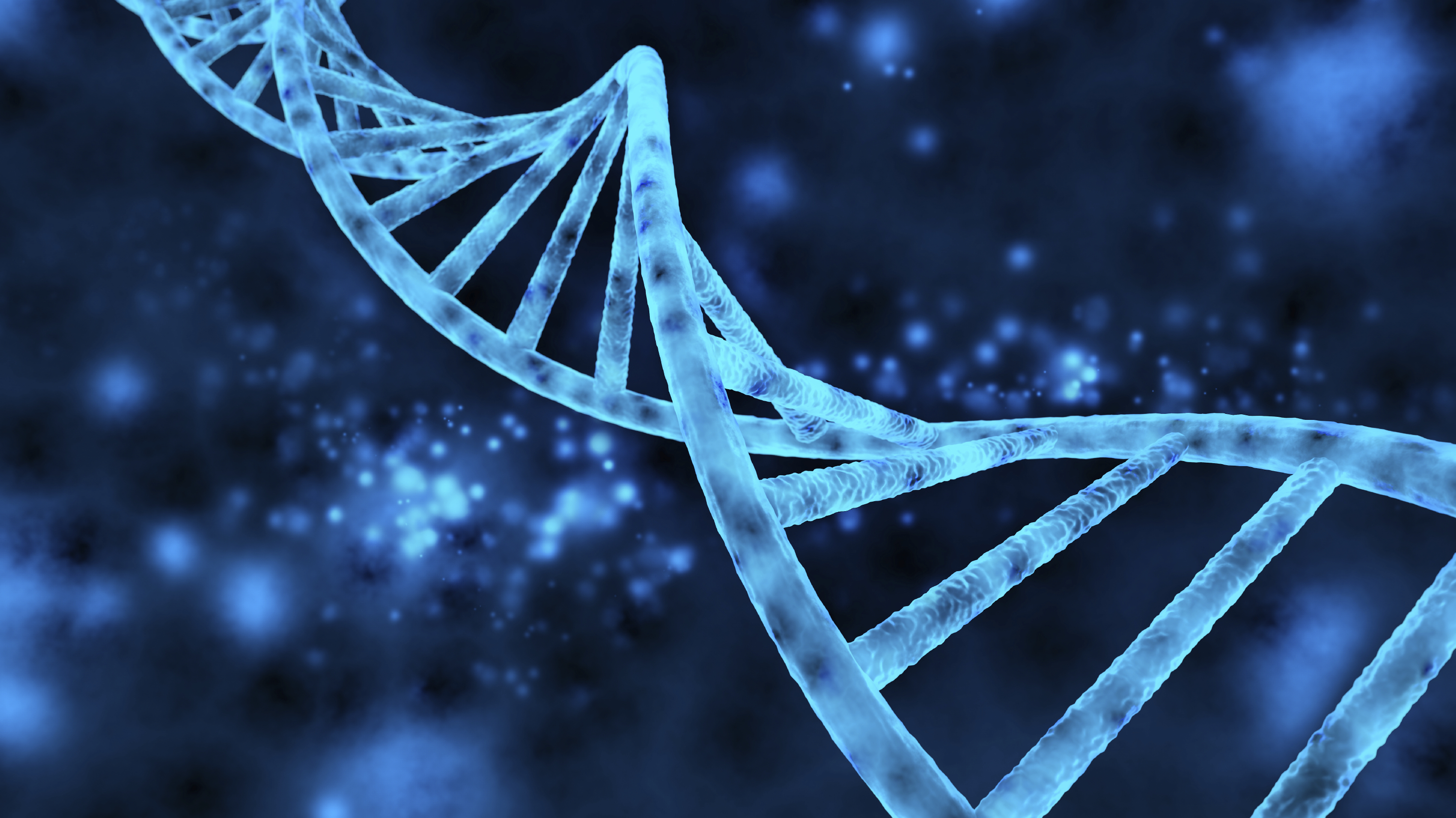Scientists have figured out how to program living cells

Imagine a future where you can be injected with bacteria carrying designer DNA that releases cancer-fighting drugs when it finds a tumor in your body.
A team of biological engineers at MIT have taken a big step toward this future with the development of a new programming language that allows for the quick design of complex functions for DNA sequences that can be put into living cells.
These functions can include detecting or responding to specific issues, like a high temperature or a tumor.
Christopher Voigt, a biological engineering professor at MIT, explained how it works.
"You use a text-based language, just like you're programming a computer," said Voigt. "Then you take that text and you compile it and it turns it into a DNA sequence that you put into the cell, and the circuit runs inside the cell."
Until now, building a biological circuit could take as long as a year, however the new program means "you just hit the button and immediately get a DNA sequence to test," said Voigt.
Computers to cells
The language is based on the hardware description language Verilog, which has been more commonly used to design digital circuits.
Sign up for breaking news, reviews, opinion, top tech deals, and more.
To make it work for living cells, the researchers designed computing elements, such as sensors, that can be encoded into a DNA sequence.
Once the DNA sequences are embedded into a cell to form a circuit, these sensors, which are customizable, can be used to detect compounds, such as oxygen or glucose, or even light, temperature and other environmental conditions.
But perhaps more impressive is that it essentially means anyone could use it to program functions they want a living cell to carry out, and it will generate the DNA without the need for special genetic engineering knowledge.
"That's what's really different about this," Voigt said. "You could be a student in high school and go onto the web-based server and type out the program you want, and it spits back the DNA sequence."
During tests, the team programmed 60 circuits with different functions, and 45 of them worked successfully.
Currently, the language has been optimized for the E. coli bacteria, but the team is working on expanding the language for other strains of more common bacteria.
Top image credit: iStock/ClaudioVentrella
Via MIT